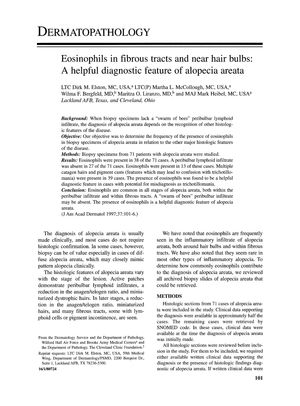TLDR Finding eosinophils near hair bulbs helps diagnose alopecia areata.
In the 1997 study involving 71 patients with alopecia areata, researchers found eosinophils in 38 cases, indicating that eosinophils are a common feature in all stages of the disease and can aid in diagnosis, particularly when the typical peribulbar lymphoid infiltrate is not present. The study also differentiated alopecia areata from trichotillomania, androgenic alopecia, and lipedematous alopecia by the absence of eosinophils in these conditions, but noted that syphilitic alopecia could not be distinguished from alopecia areata based on eosinophils or plasma cells alone. Additional findings included an increase in catagen hairs and pigment casts in alopecia areata, which could be confused with trichotillomania, highlighting the need for clinical correlation and serologic studies to accurately diagnose between syphilitic alopecia and alopecia areata.
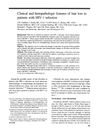 46 citations
,
January 1996 in “Journal of The American Academy of Dermatology”
46 citations
,
January 1996 in “Journal of The American Academy of Dermatology” People with late-stage HIV-1 often experience a specific type of hair loss linked to multiple factors, including nutritional issues and immune responses.
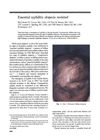 53 citations
,
May 1995 in “Journal of The American Academy of Dermatology”
53 citations
,
May 1995 in “Journal of The American Academy of Dermatology” Syphilis can cause hair loss that looks like other conditions, but it improves with treatment.
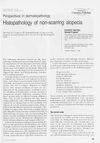 122 citations
,
April 1995 in “Journal of Cutaneous Pathology”
122 citations
,
April 1995 in “Journal of Cutaneous Pathology” The document describes how to tell different types of non-scarring hair loss apart by looking at hair and scalp tissue under a microscope.
 19 citations
,
August 1993 in “Journal of Cutaneous Pathology”
19 citations
,
August 1993 in “Journal of Cutaneous Pathology” Alopecia causes smaller hair follicles and affects growth-related structures.
 309 citations
,
May 1993 in “Journal of The American Academy of Dermatology”
309 citations
,
May 1993 in “Journal of The American Academy of Dermatology” Horizontal scalp biopsy sections effectively diagnose and predict MPAA, with follicular density and inflammation impacting hair regrowth.
78 citations
,
July 1984 in “Journal of Investigative Dermatology”
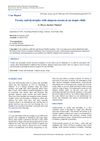 April 2019 in “International journal of research in dermatology”
April 2019 in “International journal of research in dermatology” A child with rough nails also had hair loss and allergies.
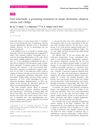 37 citations
,
October 2017 in “Clinical and Experimental Dermatology”
37 citations
,
October 2017 in “Clinical and Experimental Dermatology” Oral tofacitinib shows promise in treating atopic dermatitis and alopecia areata, but only slight improvement in vitiligo.
18 citations
,
January 2010 in “Dermatology Research and Practice” DPCP treatment for alopecia areata can sometimes cause vitiligo.
